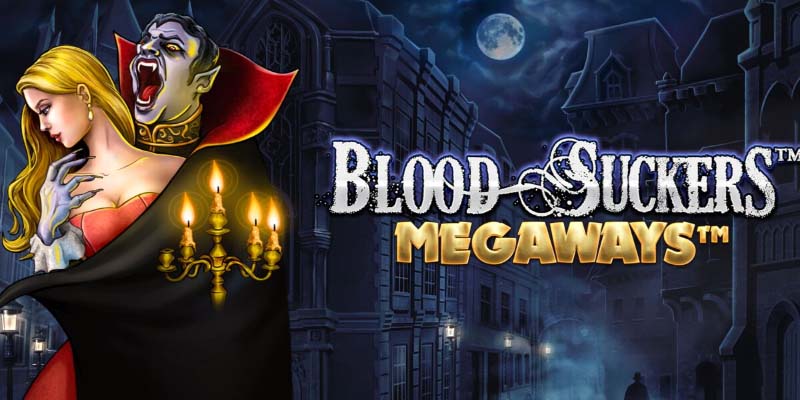
The term “Blood Suckers” evokes a chilling blend of fear and fascination, from the seductive allure of vampires in literature to the sinister presence of leeches lurking in murky waters. These bloodthirsty beings have permeated folklore and pop culture, captivating minds with their eerie tales. In this blog post, we venture into the enigmatic realm of Blood Suckers, unraveling their historical roots, diverse portrayals across cultures, psychological influences on society, and their significant roles in ecosystems. Join us as we dissect the thin line between the mythic and the real, revealing what truly lies beneath the surface.
The Psychology Behind Blood Suckers
The intrigue surrounding Blood Suckers delves deep into human psychology. Our fears, fascinations, and cultural narratives surrounding these creatures reveal profound insights about ourselves.
Readmore: https://hello88.reviews/gioi-thieu-hello88/
Fear and Fascination
The simultaneous allure and repulsion associated with Blood Suckers can be attributed to deeply rooted psychological mechanisms. Fear of the dark, the unknown, and bodily harm intertwine to create a potent cocktail of emotions when confronting these entities.
Why do we find ourselves drawn to stories of vampires, ghouls, and other blood-feeding figures? Psychologists suggest that such narratives allow us to confront our fears in a controlled manner. Horror films and literature provide a safe environment to experience terror, helping individuals process anxiety and existential thoughts.
Additionally, Blood Suckers often symbolize taboo subjects such as sexuality and mortality. Vampires, for example, blur the lines between life and death, pleasure and pain. The seduction of the vampire reflects a fascination with forbidden desires, allowing audiences to explore complexities surrounding intimacy and power dynamics.
This juxtaposition between fear and attraction offers a lens into human nature. We are simultaneously drawn toward danger and repelled by it, creating a complex tapestry of emotional responses that fuel the cultural obsession with Blood Suckers.
Blood Suckers in Literature and Media
The representation of Blood Suckers in literature and media serves as a mirror reflecting society’s evolving concerns and values. From Bram Stoker’s “Dracula” to contemporary works like “True Blood,” these narratives encapsulate shifting attitudes toward morality, gender, and personal agency.
In classic literature, vampires often personified societal anxieties such as immigration, disease, and sexual liberation. Stoker’s Dracula emerged during a period of great change in Victorian England, highlighting fears of the unknown and the erosion of traditional values.
Today, the vampire genre has diversified, encompassing stories that challenge normative ideas of good and evil. Characters like Bill Compton from “True Blood” grapple with their vampiric identity while navigating intricate relationships with humans. This blurring of moral lines invites readers and viewers to question their own perceptions of right and wrong.
Moreover, the resurgence of Blood Suckers in mainstream media showcases society’s evolving relationship with them. Modern retellings often emphasize themes of empathy, redemption, and social justice, inviting audiences to rethink established norms. These narratives serve not only to entertain but also to provoke critical thought about identity, ethics, and community.
Impact on Society and Popular Culture
The enduring presence of Blood Suckers in popular culture reveals their significance in shaping societal narratives. From fashion trends to Halloween costumes, the aesthetics associated with these creatures permeate daily life, acting as symbols of rebellion and nonconformity.
Vampire-themed parties, products, and events have become staples in contemporary culture, creating communal spaces for fans to express their fascination with the darker side of existence. This engagement highlights the importance of storytelling in building connections and exploring shared experiences.
Furthermore, Blood Suckers play a role in sparking conversations about deeper societal issues. In the face of crisis—be it political strife or public health emergencies—these narratives often arise, reflecting collective fears and aspirations. They prompt discussions regarding power, privilege, and morality, encouraging critical examination of societal structures.
Overall, the impact of Blood Suckers in popular culture is multifaceted. They provide escapism, provoke thought, and unite individuals through shared fascination, revealing the powerful role mythological constructs play in shaping human experience.
Conclusion
Moreover, acknowledging the ecological roles played by Blood Suckers invites us to appreciate the delicate balance of nature. By championing conservation efforts and fostering understanding, we can ensure that these enigmatic beings remain part of our collective consciousness and the ecosystems they enrich.





